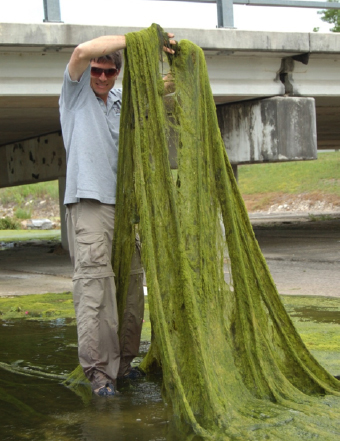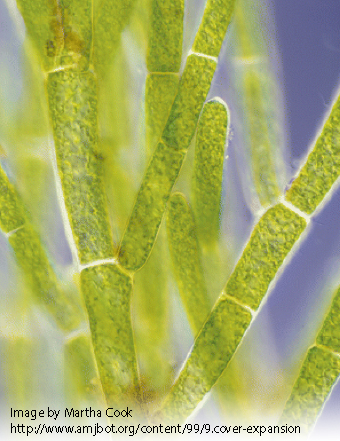 Mosquitos are in your face again. Every year around this time a few citizens reach out to the Surface Water Team of the Watershed Protection Department because they think that droves of mosquitoes are emerging from the neighborhood creek or pond. City environmental scientists have found that this has not yet been true and that the real story is much more insidious.
Mosquitos are in your face again. Every year around this time a few citizens reach out to the Surface Water Team of the Watershed Protection Department because they think that droves of mosquitoes are emerging from the neighborhood creek or pond. City environmental scientists have found that this has not yet been true and that the real story is much more insidious.
Let’s start with the lowly mosquito, a little fly (Mosquito is Spanish for “l…
OMG!! What has happened to my creek? It’s chock full of some sort of horrible, green slime monster!


That’s the filamentous algae we call…
You may have heard the term “rain garden”, but many people don’t know what a rain garden looks like or how they can help restore our creeks. Basically, a rain garden is a shallow depression in the ground that collects water during a rain storm. The water that collects in rain gardens soaks into the soil and eventually makes its way to our rivers and streams as “base flow”. Without rain gardens the water from a storm would flow off impervious surfaces like roofs, driveways, streets and parking lots directly into the creek all at once. This can be very bad news for our streams, because that big slug of dirty stormwater causes…
